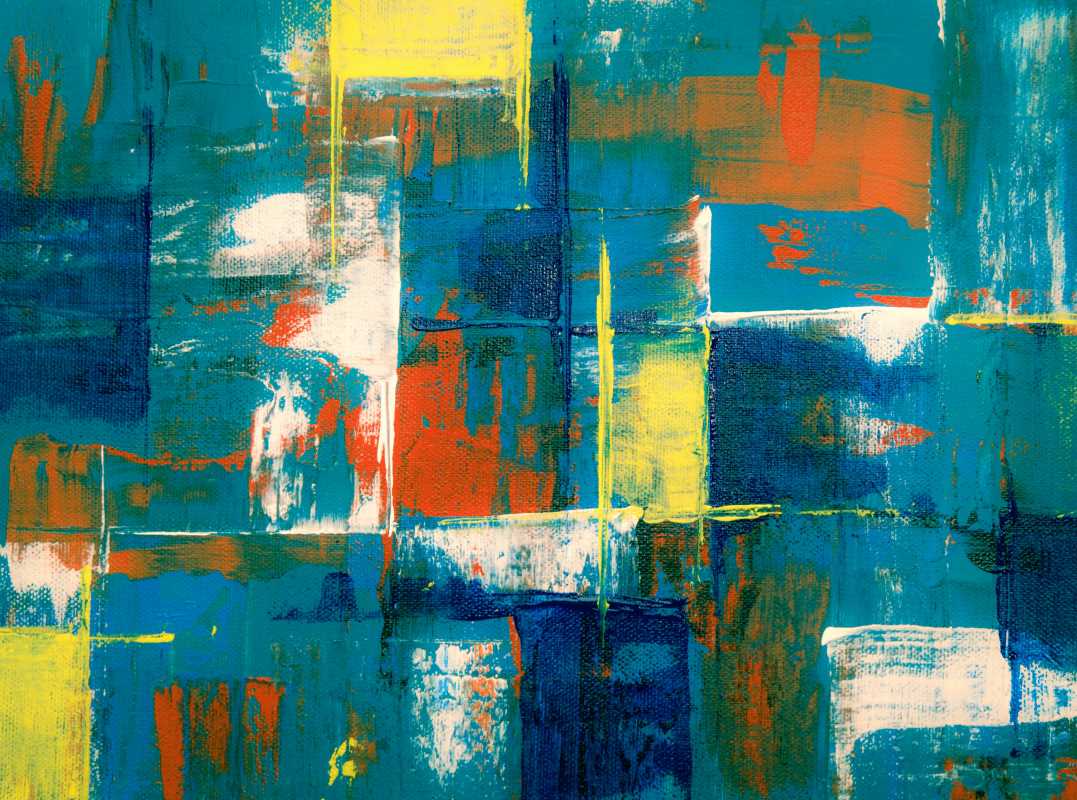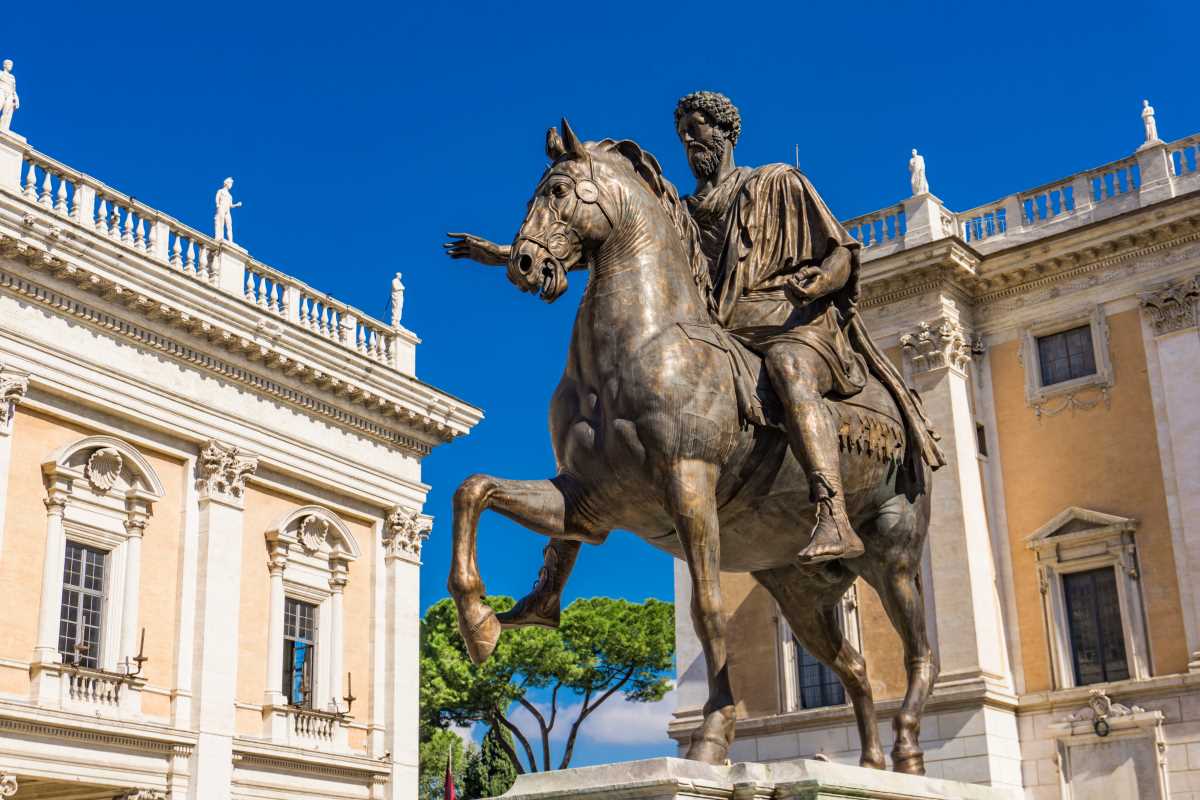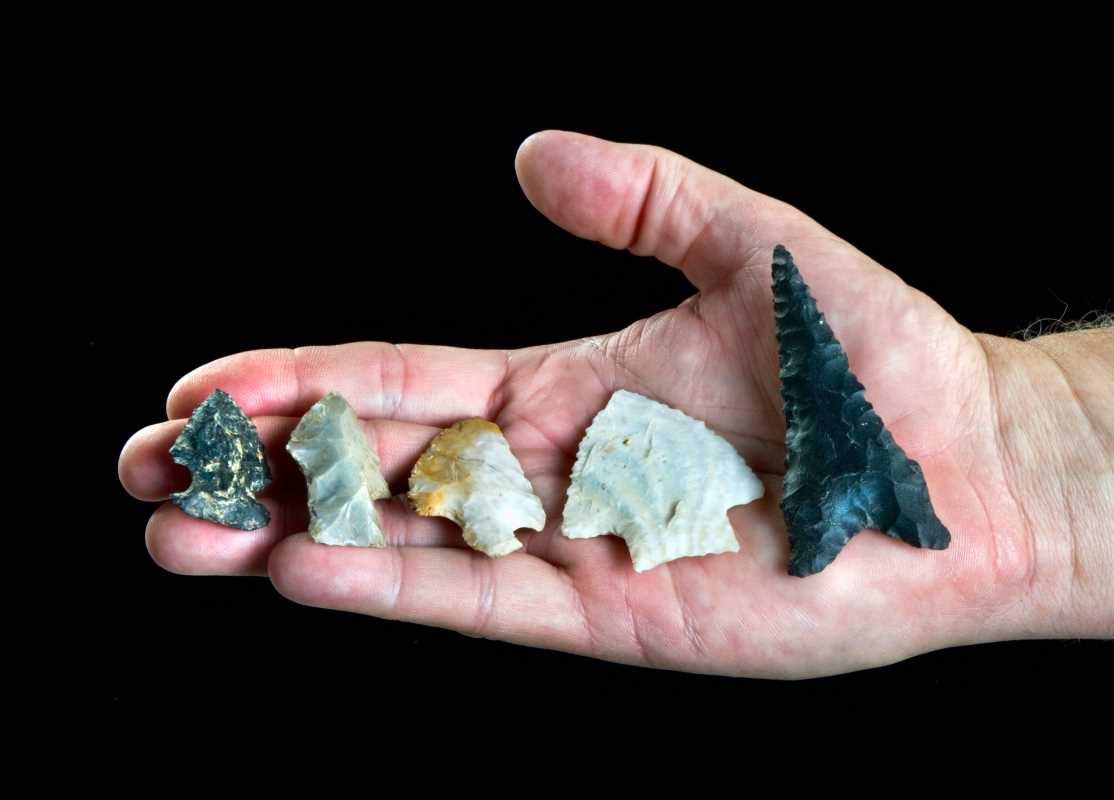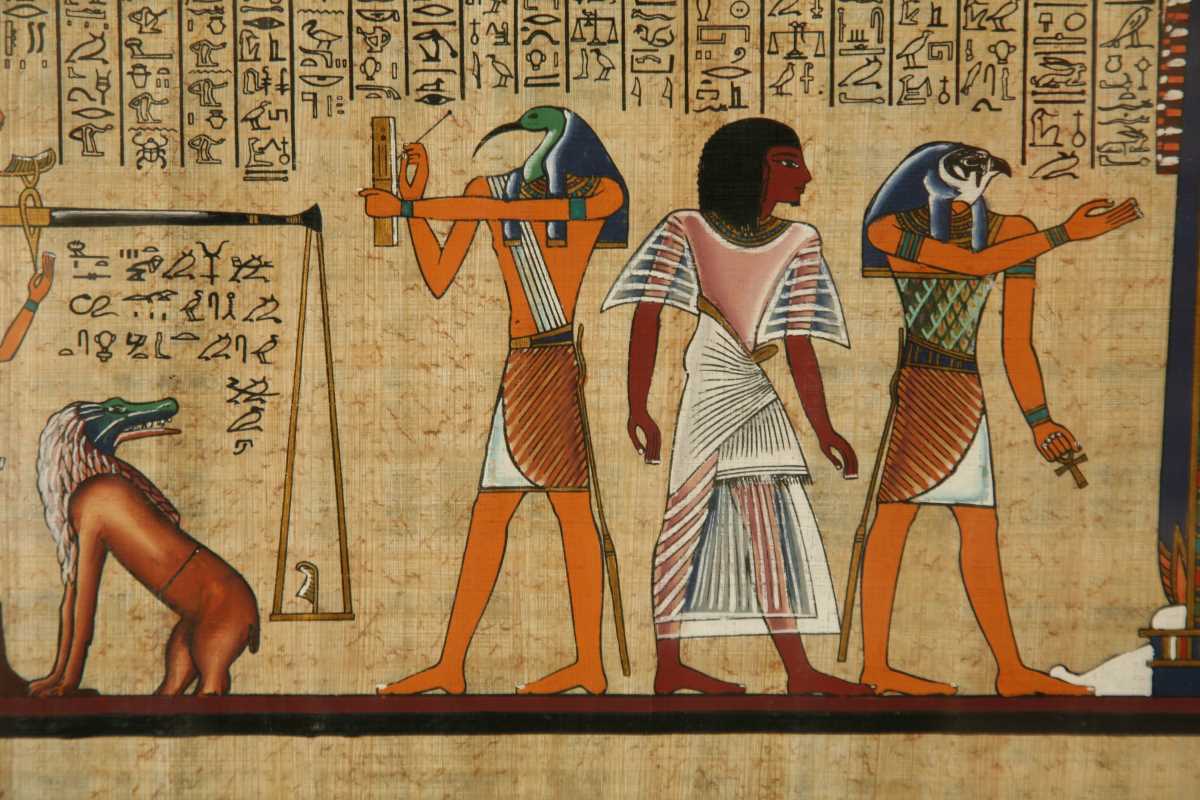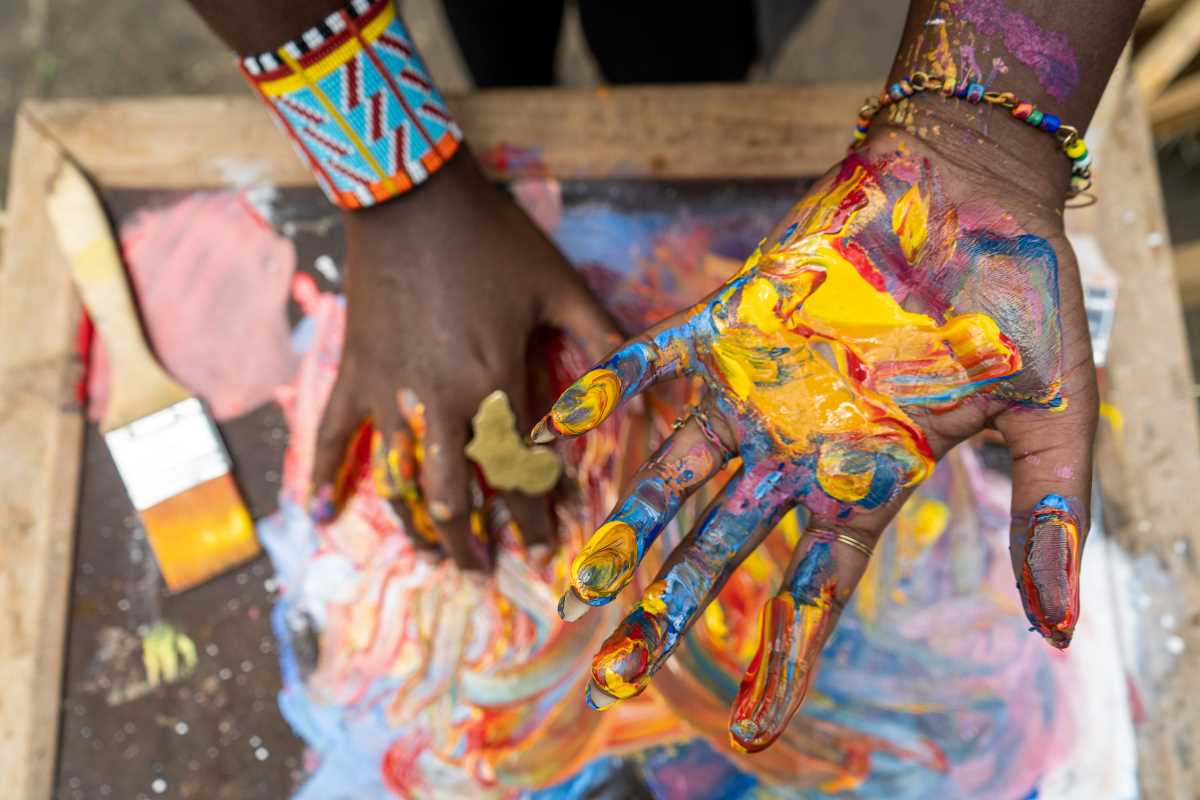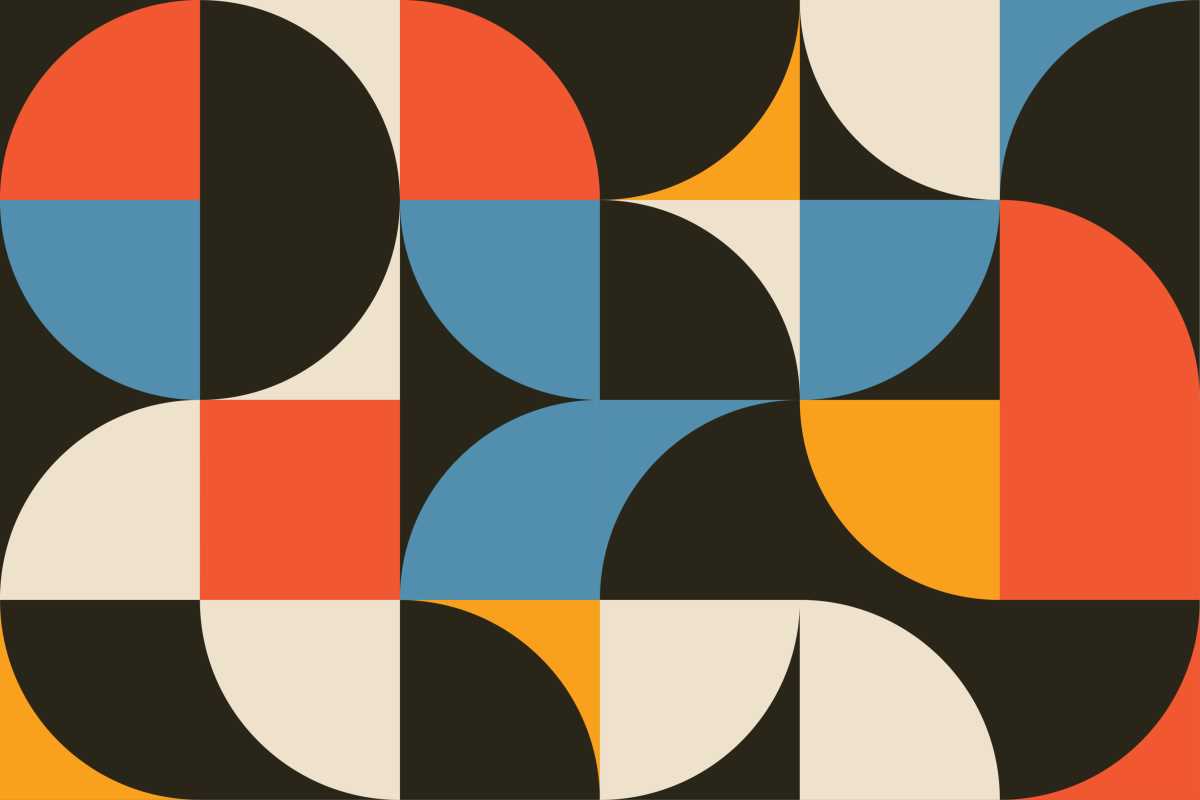The Baroque period wasn’t just about elaborate artwork and grand architecture; it was a time of intense drama, emotion, and even conflict. You might already know the Renaissance as an age of cultural rebirth, but Baroque art took it further by aiming to awe and move its audiences. This dramatic style wasn't born out of nowhere. One of its biggest influences was the Counter-Reformation, a movement by the Catholic Church to fight back against the Protestant Reformation. Artists of the Baroque period didn’t just create stunning works for beauty’s sake; they used their art to defend the Church, inspire faith, and communicate its power.
If you’ve ever seen a Baroque painting or walked into a heavily decorated church with soaring ceilings, you’ve already witnessed the theatrical energy this period brought to life. But how exactly did this style capture the Counter-Reformation's message? To answer that, we need to look at the history, the art, and the lasting impact of this dramatic cultural era.
What Was the Counter-Reformation?
Before jumping into Baroque art, it’s helpful to understand the Counter-Reformation. During the early 16th century, Europe’s religious landscape was shaken up by a movement known as the Protestant Reformation. Leaders like Martin Luther and John Calvin criticized the Catholic Church, accusing it of corruption and challenging some of its doctrines. This led to a massive split in the Christian faith, with Protestant churches breaking away from Catholicism.
The Catholic Church couldn’t just sit back and watch. It responded with the Counter-Reformation, a sweeping effort to reform itself and win back followers. This wasn’t just about fixing internal issues; it was also about promoting Catholic beliefs and showing the Church’s authority and glory. Art became one of the most powerful tools to achieve these goals.
Baroque Art as a Tool of Persuasion
Baroque art wasn’t just a style; it was a mission. The Catholic Church wanted art that could emotionally engage people, rekindle their faith, and remind them of the Church’s divine power. Baroque artists rose to the occasion, creating works filled with drama, movement, and intense feelings.
Connecting Emotionally with the Viewer
One of the defining features of Baroque art is its ability to draw you in emotionally. Imagine standing in front of a painting where a saint gazes upward, bathed in heavenly light, or a sculpture that seems to leap out of its frame, almost alive. These pieces weren’t just meant to be admired; they pulled people into the story, making them feel the anguish, ecstasy, or awe being portrayed.
By playing with light and shadow (a technique called chiaroscuro) and depicting raw, dramatic expressions, Baroque artists made their work feel alive. This emotional intensity aligned perfectly with the goals of the Counter-Reformation, which sought to inspire an emotional connection to the Church.
Art for Everyone
Another feature of Baroque art was its accessibility. Unlike complex Renaissance symbolism, which often required educated viewers to decode it, Baroque art was easier to understand. Scenes of saints, biblical stories, and miracles were presented so vividly that they didn’t need much explanation. Whether you were a scholar or a humble laborer, you could connect with these works and the messages behind them.
Masters of Baroque Art and Their Counter-Reformation Messages
Some of the most famous Baroque artists worked hand-in-hand with the Catholic Church to express the goals of the Counter-Reformation. Each brought their own unique style, but all shared a commitment to making art that captivated and inspired.
Caravaggio
Michelangelo Merisi da Caravaggio was one of the leading Baroque painters and a master of drama. His works often focused on religious scenes but with a gritty, realistic twist. Instead of idealized, spotless saints, Caravaggio painted them with rugged faces and human imperfections. This made the saints relatable, showing that divine grace could touch anyone, even the most ordinary people.
One of his most famous works, "The Conversion of Saint Paul," shows the moment when Paul, blinded by a divine light, falls off his horse. The scene is packed with raw emotion and dramatic lighting that emphasizes the miraculous event. Paintings like this weren’t subtle; they grabbed your attention and hammered home the divine power of the Church.
Gian Lorenzo Bernini
When it comes to Baroque sculpture and architecture, you can’t ignore Gian Lorenzo Bernini. He sculpted figures so lifelike they seemed ready to breathe. His works often explored the relationship between heaven and Earth, sneaking spiritual themes into every detail.
Bernini’s most famous work, “The Ecstasy of Saint Teresa,” captures a powerful moment where Saint Teresa described being pierced by an angel’s arrow, an experience she likened to a spiritual awakening. The intricate folds of her garments and the intense expressions on the figures’ faces elevate the moment beyond the physical realm, making it an otherworldly experience. This kind of art left viewers in awe, reinforcing ideas of divine mystery and power.
Peter Paul Rubens
While Caravaggio and Bernini worked primarily in Italy, Peter Paul Rubens brought Baroque art to Northern Europe. His paintings were grand, colorful, and often filled with swirling motion. Rubens created religious works that celebrated the triumphs of the Church, showing it as powerful and glorious.
For instance, in “The Elevation of the Cross,” Rubens paints figures struggling heroically to raise the cross of Christ. The muscles, the movement, and the sheer effort depicted in the scene make it unforgettable. It’s another example of how Baroque art used action and emotion to convey its messages.
The Role of Churches as “Theaters of Faith”
The Counter-Reformation didn’t just transform paintings and sculptures; it also redefined architecture. Catholic churches were designed to impress and inspire, with Baroque churches practically exploding with decoration.
Lavish Interiors
Step inside a Baroque church, and you’ll likely be surrounded by intricate carvings, gold leaf, frescoed ceilings, and dramatic altars. The goal was to create a sense of heaven on Earth. Every element worked together to overwhelm the senses and direct your thoughts to God.
A famous example is St. Peter’s Basilica in Rome. Designed in part by Bernini, its interior features grand columns, towering dome ceilings, and the ornate Baldachin (a large bronze canopy), which sits over the tomb of St. Peter. It was a visual and spiritual masterpiece that demonstrated the Church's power and divinity.
Playing with Light
Baroque architects also used light to add drama and spirituality to their designs. Natural light streaming through windows would illuminate specific areas, like altars or statues, creating a sense of divine presence. This use of light mirrored the dramatic contrasts seen in Baroque paintings and carried the same emotional message.
 (Image via
(Image via